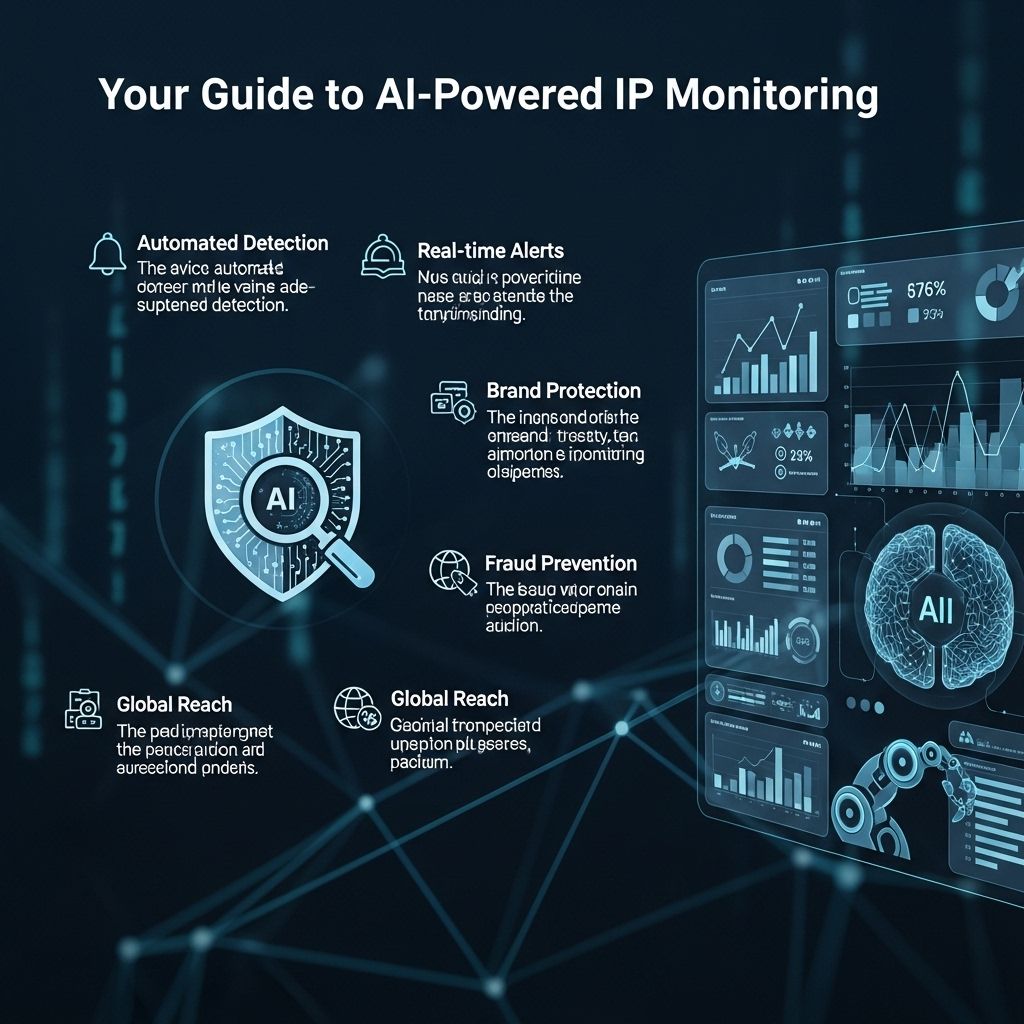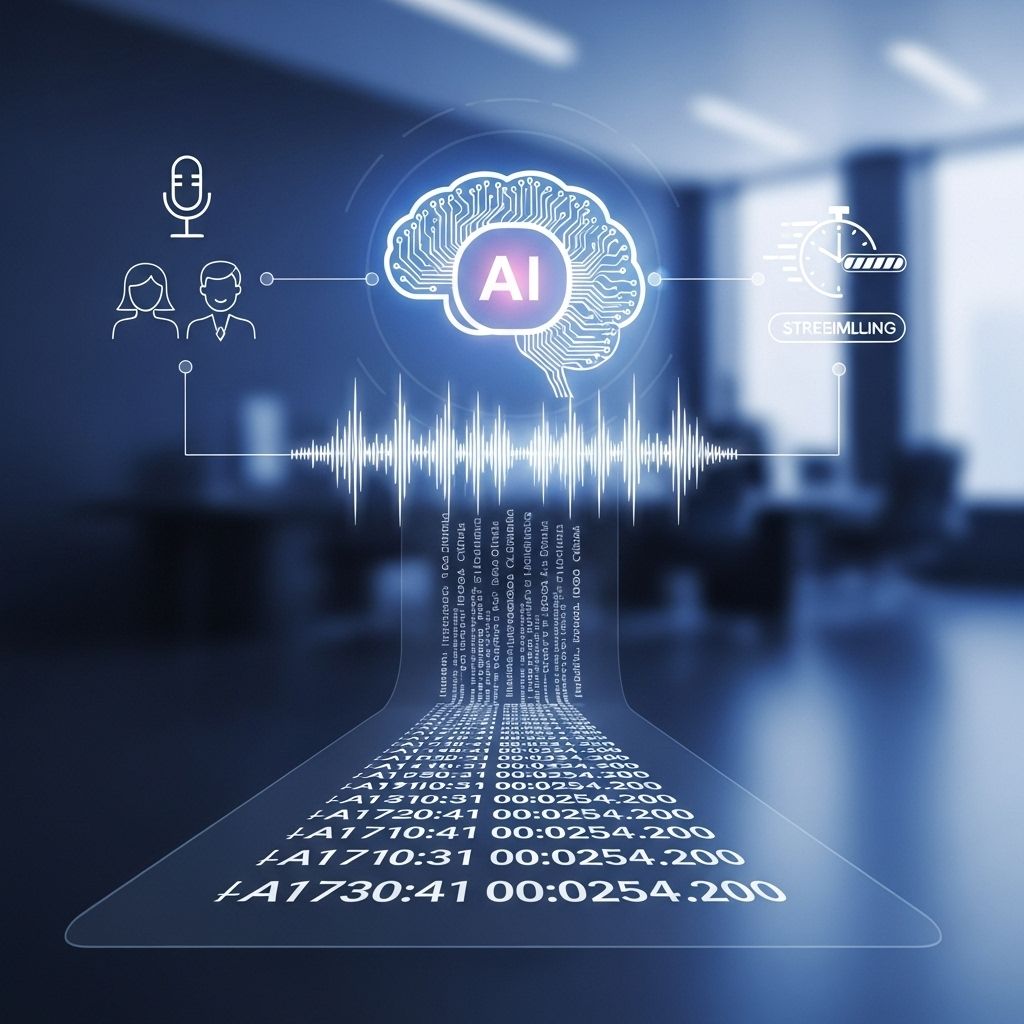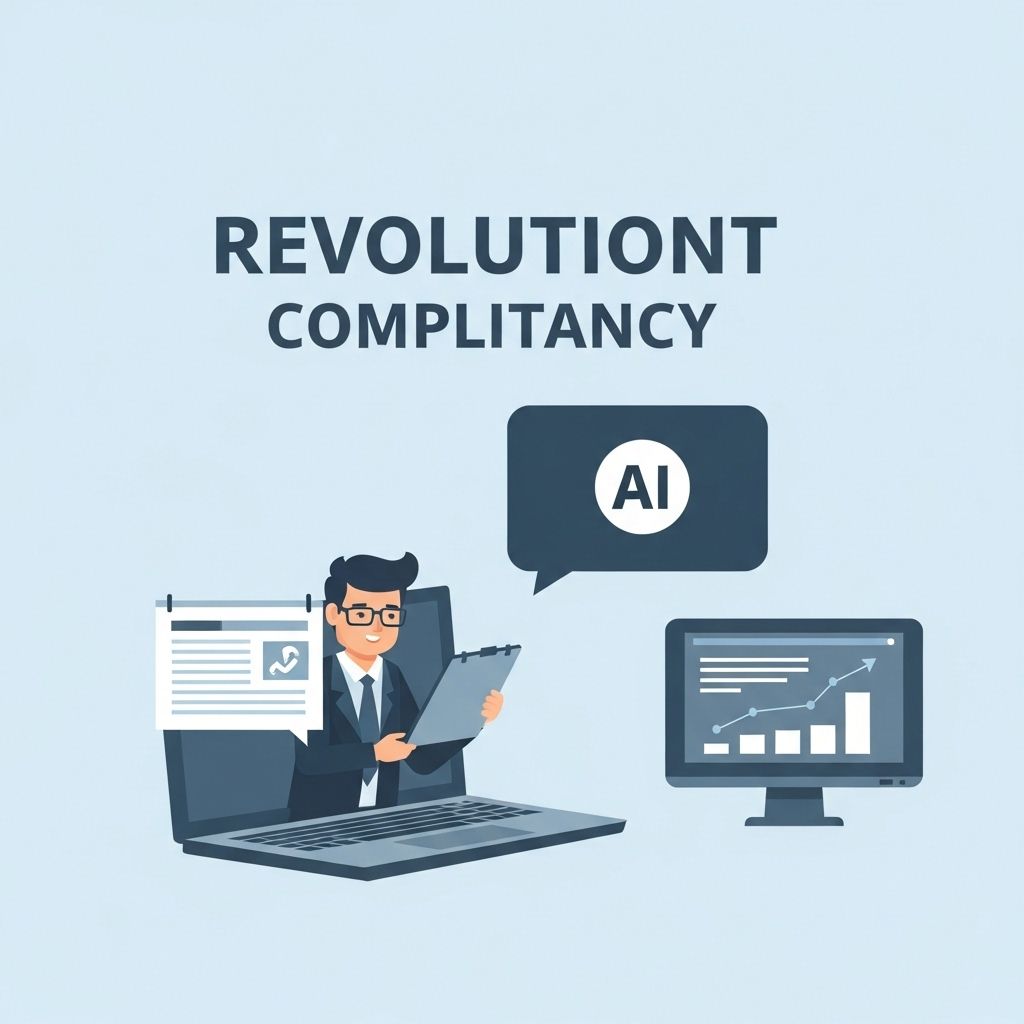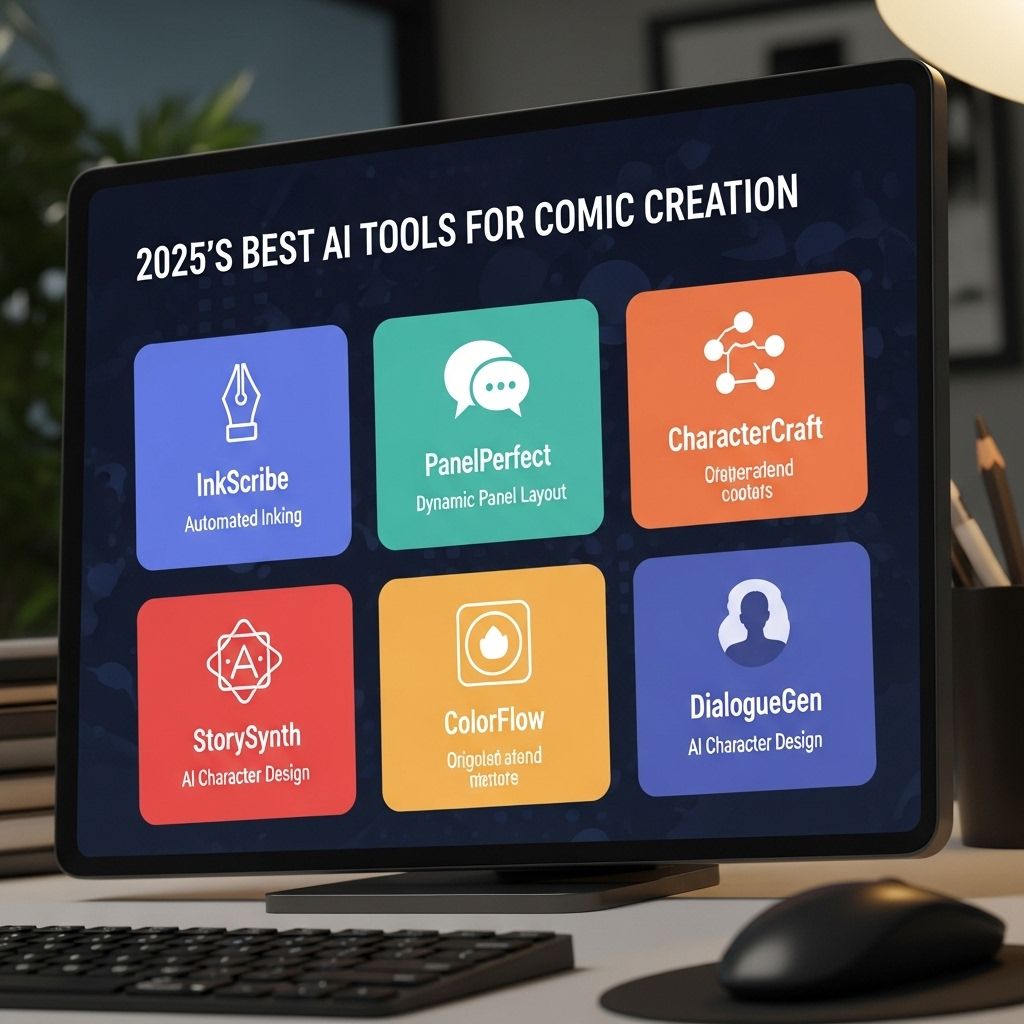Unlock Insights with AI Feedback Classification Tools
Discover how AI feedback classification tools can transform your data analysis and improve decision-making in your organization.
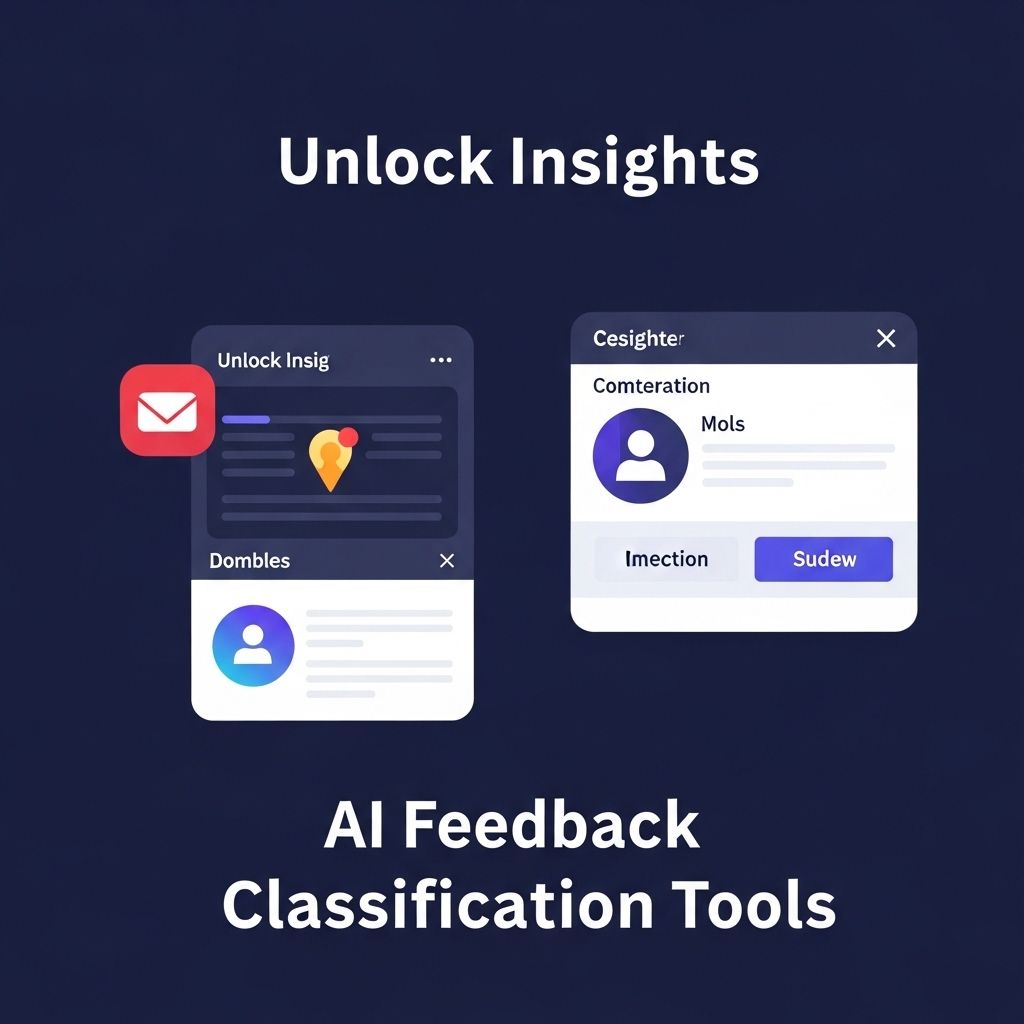
In the rapidly evolving landscape of technology, artificial intelligence (AI) has emerged as a transformative force, particularly in the realm of data analysis and feedback processing. Businesses and organizations are inundated with vast amounts of feedback from customers, employees, and stakeholders. The challenge lies in extracting actionable insights from this feedback efficiently and accurately. AI feedback classification tools have revolutionized this process, employing sophisticated algorithms to categorize, analyze, and derive insights from unstructured data. This article delves into the nuances of AI feedback classification tools, their benefits, applications, and future prospects.
Table of Contents
Understanding AI Feedback Classification
AI feedback classification refers to the use of machine learning and natural language processing (NLP) techniques to automatically sort and analyze feedback received through various channels, such as surveys, social media, and customer reviews. The core objective is to enable organizations to convert qualitative feedback into quantitative data that can guide decision-making processes.
Key Components of AI Feedback Classification
- Natural Language Processing (NLP): The branch of AI that equips machines with the ability to understand and interpret human language. NLP enables feedback classification tools to comprehend the context, sentiment, and intent behind the words.
- Machine Learning Algorithms: These algorithms are trained on historical data to recognize patterns and make predictions. Commonly used algorithms include decision trees, support vector machines, and neural networks.
- Data Preprocessing: Raw feedback data often contains noise and irrelevant information. Preprocessing techniques, such as tokenization, stemming, and lemmatization, help clean and prepare the data for analysis.
Benefits of Using AI Feedback Classification Tools
Implementing AI feedback classification tools offers numerous advantages for organizations looking to harness the power of customer insights:
1. Enhanced Efficiency
Manual analysis of feedback can be time-consuming and prone to human error. AI tools automate the classification process, allowing organizations to analyze large volumes of data in a fraction of the time.
2. Improved Accuracy
AI systems are designed to learn and improve over time. By utilizing historical data, these systems can achieve a high level of accuracy in categorizing feedback, reducing the likelihood of misinterpretation.
3. Real-Time Insights
In an age where customer expectations are rapidly changing, timely insights are crucial. AI feedback classification tools can process feedback in real-time, enabling organizations to respond quickly to emerging trends and issues.
4. Comprehensive Analysis
AI tools can analyze feedback from various sources, providing a holistic view of customer sentiments and trends. This comprehensive analysis helps organizations understand their audience better and tailor their strategies accordingly.
Applications of AI Feedback Classification Tools
Various industries can leverage AI feedback classification tools to enhance their operations:
1. Customer Service
AI tools are increasingly used in customer service to analyze feedback from support tickets, chat logs, and social media interactions. By classifying feedback into categories such as complaints, suggestions, or inquiries, organizations can prioritize responses and improve service quality.
2. Market Research
In market research, AI feedback classification can help organizations analyze consumer opinions about products, brands, and services. By categorizing feedback based on sentiment and topic, businesses can identify key areas for improvement and innovation.
3. Employee Engagement
Organizations can utilize AI tools to analyze employee feedback gathered from surveys and performance reviews. By classifying feedback related to job satisfaction, work environment, and management, companies can enhance employee engagement and retention strategies.
4. Product Development
Feedback from users is invaluable in guiding product development. AI tools can classify user feedback on prototypes and beta versions, helping teams identify features that resonate with users or aspects that require refinement.
Choosing the Right AI Feedback Classification Tool
With numerous AI feedback classification tools available in the market, selecting the right one for your organization can be daunting. Here are some factors to consider:
1. Customization
Look for tools that offer customization options to tailor the classification process to your specific needs, including industry-specific vocabulary and sentiment analysis.
2. Integration Capabilities
Choose tools that can easily integrate with existing systems, such as CRM or data analytics platforms, to streamline data flow and enhance analysis.
3. Scalability
Ensure the tool can scale with your organization’s growth. As feedback volume increases, the tool should efficiently handle larger datasets without compromising performance.
4. Support and Training
Opt for vendors that provide robust support and training resources, ensuring your team can maximize the tool’s potential.
Challenges and Considerations
While AI feedback classification tools offer significant benefits, organizations must also navigate certain challenges:
1. Data Privacy
The handling of sensitive feedback data raises concerns about privacy and compliance with regulations such as GDPR. Organizations must ensure that their chosen tools adhere to stringent data protection standards.
2. Dependence on Quality Data
The accuracy of AI classification depends heavily on the quality of the input data. Organizations must invest in preprocessing techniques to cleanse and structure feedback data adequately.
3. Over-Reliance on Automation
While automation enhances efficiency, over-reliance on AI tools can lead to oversight of nuanced feedback that requires human interpretation. Striking a balance between automated and manual analysis is crucial.
The Future of AI Feedback Classification
The future of AI feedback classification looks promising, with advancements in machine learning, NLP, and data analytics. As algorithms become more sophisticated, we can expect:
- Greater Contextual Understanding: Future AI tools will likely achieve improved contextual understanding, enabling them to interpret feedback with greater accuracy.
- Cross-Language Support: Tools that can analyze feedback in multiple languages will expand their usability in global markets.
- Predictive Analytics: The integration of predictive analytics will enable organizations to forecast trends based on feedback patterns, fostering proactive strategies.
In conclusion, AI feedback classification tools are invaluable assets for organizations aiming to unlock insights from feedback. By embracing these tools, organizations can enhance decision-making processes, improve customer satisfaction, and drive innovation across various sectors.
As technology continues to advance, the potential of AI in feedback classification will only grow, paving the way for smarter, more responsive organizations.
FAQ
What are AI feedback classification tools?
AI feedback classification tools are software solutions that utilize artificial intelligence to analyze, categorize, and interpret feedback from various sources, such as customer reviews, surveys, and social media.
How do AI feedback classification tools work?
These tools employ natural language processing (NLP) and machine learning algorithms to understand the sentiment and context of feedback, enabling organizations to classify responses into categories like positive, negative, or neutral.
What are the benefits of using AI feedback classification tools?
The benefits include improved efficiency in processing feedback, enhanced understanding of customer sentiment, the ability to identify trends, and quicker response times to customer concerns.
Can AI feedback classification tools be integrated with existing systems?
Yes, most AI feedback classification tools offer integration capabilities with existing CRM, survey, and customer support systems to streamline feedback processing and analysis.
What industries can benefit from AI feedback classification tools?
Various industries, including retail, hospitality, healthcare, and technology, can benefit from AI feedback classification tools by gaining insights into customer experiences and improving their services.
Are AI feedback classification tools suitable for small businesses?
Absolutely! AI feedback classification tools can be scaled to fit the needs of small businesses, helping them efficiently analyze customer feedback without requiring extensive resources.


